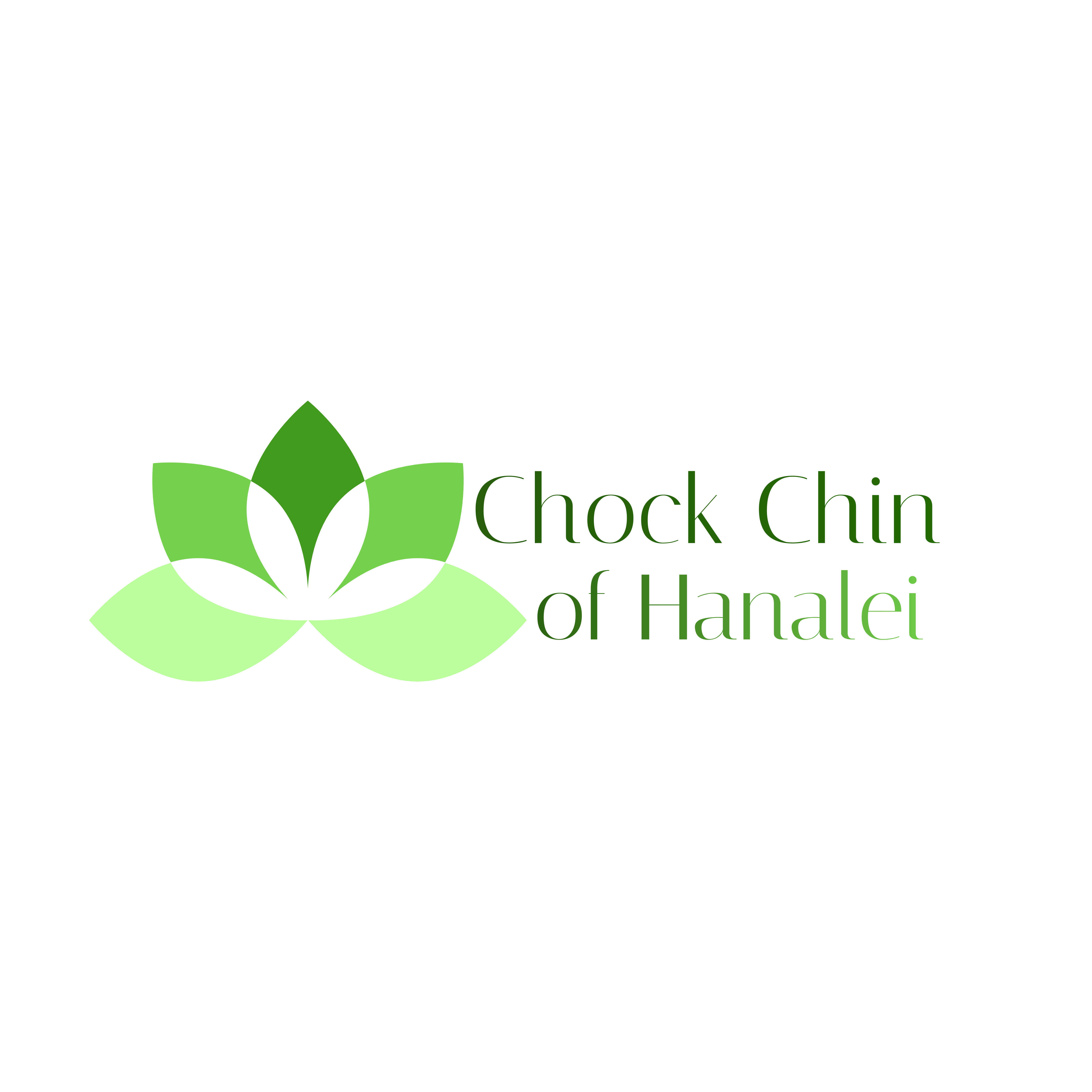The Miraculous Rediscovery of the Nazhou Gu Clan Ancestral Records
Translated from http://blog.sina.com.cn/s/blog_5e5f3c350100bvfv.html by Louise Skyles. June 20, 2021
Tracing back to the roots of the Gu clan in Nazhou, from the time that ancestor Gu Yubao moved to Nazhou village from Gulao during the Ming Dynasty, more than 380 years had passed. However, by 1794, some of the records of our Gu family had been partially lost or omitted. The process of compiling a jiapu was quite difficult. At that time, the 13th generation grandsons, Yongshen and Jianshen, insisted on tracing the footsteps of the Gu ancestors, trying hard to collect the data for genealogy. It took many years for them to visit Mei County, Gulao Village, Shenqian Village, Maxi Village, and other places to find contacts and collect the information, compile it into genealogy, and complete the first genealogical compilation for the Nazhou Gu Jiapu.
In 1853, there were 13th and 14th generation grandsons, such as Qianshen, Yushen, Shoucai, Zhengxiang, etc., who proposed to recompile the genealogy for the second time.
In 1910, family members such as Jushen, Chuanming, Wanfeng, Wanlian, Wangan, etc., proposed to update the jiapu again. Qiaonian and Wancai divided the work and did the editing. This was the third time that the jiapu had been updated. It was originally scheduled to be amended once every 60 years. At that time, some people considered that 60 years was too long to wait and that it should be updated once every 30 years. So that the Gu clan in Nazhou would not forget and ignore it for too long. It was hoped that later generations would follow this policy.
During the eight years of the Sino-Japanese War, the county was invaded, there was widespread famine, and many lives were lost. During this time, as much as 60% of the village’s population was lost.
The war caused a great calamity. After the Japanese surrendered, the war subsided, and some people gradually returned to the village. There were enthusiastic editors among the Gu clan who suggested continuing the work of updating the jiapu. It was more urgent than ever to edit the records at this period of time. During the chaos, there were a lot of lives lost. Those editors had felt that if they didn’t do it in a timely manner, it would be harder to conduct interviews with clan members later. At that time, Zhongmou proposed to update the jiapu. He and other members talked about how to amend the records. Xurong served as the editor. This was the fourth time that the jiapu update was done, and it was completed in 1948.
During the Cultural Revolution of 1966, an even greater catastrophe came. Most religious temples, statues, and ancestor spirit tablets in ancestral halls were not spared. Most architectural decoration murals in ancestral halls, ancestral plaques, temples, statues, genealogies, and family histories were severely damaged or even burned to ashes. Some Gu members did not hesitate to take the risk to tear off a few pages related to their family linage from the jiapu and saved them.
At the beginning of the 1980s, an enthusiastic clan member who lived in Hong Kong and Macau area wanted to retrieve a complete set of the Nazhou Gu Jiapu. He searched his ancestral hometown of Nazhou Village but did not find it. Many artifacts with historical value were destroyed due to the Cultural Revolution. But because areas outside of China had not been affected by the Cultural Revolution, they had a glimmer of hope. After inquiring one by one with relatives and friends in Hong Kong and Macau, one Gu member happened to find out that there was a Gu jiapu in Hong Kong, and that it was a complete set of the Nazhou Gu Jiapu. This collection was the updated edition from 1948, and it was printed by the Macau Meichang Printing Bureau. It just so happened that the author of this article knew the printing shop owner. He then met with the owner of the printing bureau and found that there were original samples of the Nazhou Gu Jiapu still in the store. The shop owner gave him the sample copy as a gift.
It had taken the author many years of effort to find this record. With the help of many family members and friends, the author was so comforted and proud to be able to recover a complete Nazhou Gu Jiapu. It was such a surprise, and he regarded it as a treasure. So he took the entire jiapu home. Due to legal restrictions at the time, these records were among the list of prohibited items. After much consideration and having made multiple copies, he took the risk of bringing only a few pages at a time back to Nazhou Village. After many trips, the Nazhou Gu Jiapu that had been lost for decades could finally be recompiled. And thus, the Gu Jiapu has been able to be passed down to this day.
Since then, the Nazhou Gu Jiapu has been in existence to this day, and the recording of this set of Jiapu has been judged to be accurate after proofreading by the descendants of the Gu clan members. This story is evidence that the descendants of the Gu clan have diligently sought their roots and not forgotten their ancestors. (The 1948 copy of the jiapu was submitted to the collection of the Zhuhai Archives in 2006)
===End translation====
Louise concluded by helping me see how my ancestry ties to the Nazhou Gu. She wrote, “When the first Nazhou Gu Jiapu was published, your ancestor Gu(古) Lue Shen was a young father with a baby girl who later married to the Chock (卓) family.”
